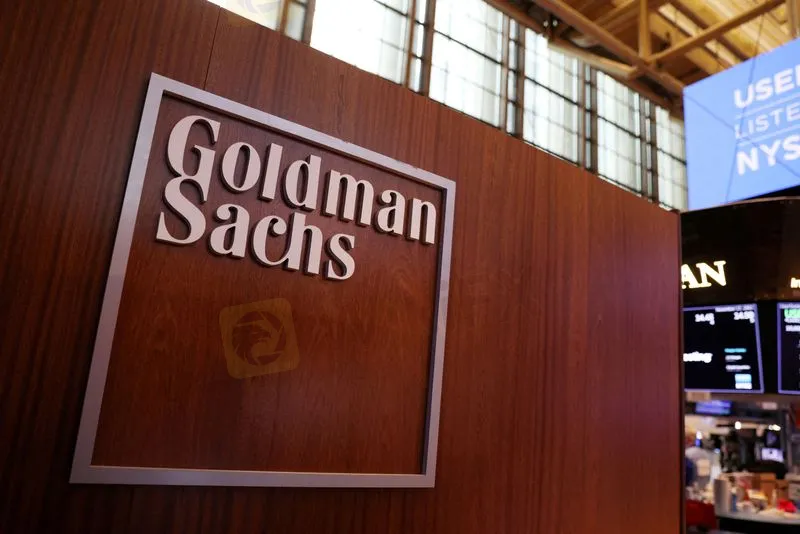简体中文
繁體中文
English
Pусский
日本語
ภาษาไทย
Tiếng Việt
Bahasa Indonesia
Español
हिन्दी
Filippiiniläinen
Français
Deutsch
Português
Türkçe
한국어
العربية
Goldman Sachs cuts S&P 500 forecast to under 5,000 as inflation worsens
Abstract:Goldman Sachs has tempered its outlook for the S&P 500 index, expecting it to stay below the 5,000 mark this year as rising inflation threatens to derail a nascent recovery in the U.S. economy.

Goldman Sachs has tempered its outlook for the S&P 500 index, expecting it to stay below the 5,000 mark this year as rising inflation threatens to derail a nascent recovery in the U.S. economy.
The revised forecast of 4,900 point is a near 4% cut from the brokerage's previous estimate, but is still 11% above the S&P 500's Friday close of 4,418.64.
The benchmark index has come under pressure since the beginning of the year, shedding nearly 7.3%, as a host of worries ranging from interest rate hikes to tensions in Ukraine has turned investors skittish and markets volatile.
“Uncertainty abounds regarding the path of inflation and Fed policy,” Goldman Sachs economists said in a note dated Friday.
U.S. consumer prices rose solidly in January, leading to the biggest annual increase in inflation in 40 years. As inflation continues to overshoot the U.S. Federal Reserve's 2% target, the U.S. central bank is expected to take a more hawkish stance by raising interest rates in March.
Goldman economists are expecting seven interest rate hikes in 2022, but at the same time see an upside to U.S. equities as prices rise alongside earnings.
“The majority of earnings growth in the next two years will come from sales growth, with only limited net profit margin expansion,” Goldman economist David Kostin said.
For more forex news, please download WikiFX - the Global Dealer Regulatory Inquiry APP.
Disclaimer:
The views in this article only represent the author's personal views, and do not constitute investment advice on this platform. This platform does not guarantee the accuracy, completeness and timeliness of the information in the article, and will not be liable for any loss caused by the use of or reliance on the information in the article.
Read more

Soft Inflation, Firm Yields: Fed Rate Cut Delayed to Year-End
The U.S. bond market initially rallied on cooling inflation but lost steam as Wall Street bet on later rate cuts. Fed policy expectations now lean toward a December easing, dampening gold and boosting equities.

When Tariffs Trigger Turmoil: 10 Past Trade Wars That Rearranged the World
Far from being mere policy tools, tariffs and trade restrictions have repeatedly served as catalysts for economic upheaval, diplomatic rifts, and even armed conflict. Here are ten historically significant trade wars that altered the course of nations and the global economy.

Are We in a Retracement Or the Start of a Financial Collapse?
As markets fluctuation in uncertain times and headlines grow darker, investors are left asking a crucial question: Is this a temporary downturn or something far worse? The terms bear market, recession, and depression are often thrown around interchangeably, but they represent very different levels of economic pain. Read this article to understand the differences between all three.

Why Fed Keeps Interest Rates Unchanged, How Does It Affect To Forex Market?
Fed keeps interest rates at 4.25%–4.50%, impacting forex market. Dollar may rise as tariffs loom. Explore why rates unchanged and forex effects.
WikiFX Broker
Latest News
OctaFX Flagged by Malaysian Authorities
IronFX Broker Review 2025: A Comprehensive Analysis of Trustworthiness and Performance
Nonfarm Data Lifts Market Sentiment, U.S. Stocks Rebound Strongly
Why Your Worst Enemy in Trading Might Be You
Errante Broker Review
Currency Calculator


